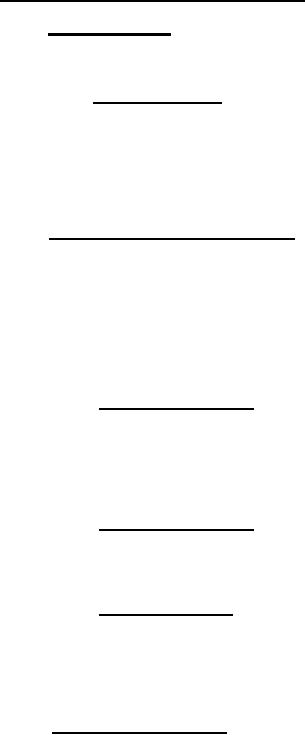 |
|||
|
|
|||
| ||||||||||
|
|  MIL-N-81604C(AS)
3.5.1.9.2 Test Equipment to IMU Signals
Mode Control - The IMU mode shall be controlled
a.
by the test equipment through the normal computer
control interface and the mode inhibit input.
(1) Mode Inhibit - This signal is a discrete
input which, when true, shall cause the mode
.
of the IMU operation, as controlled by
internal sequencing circuitry to advance no
further until the mode inhibit input becomes
false. The true state shall be a ground and
the false state shall be an open circuit.
Standard Stimulus Inputs - The IMU shall accept up
b.
*
to 15 voltage stimulus lines, each of which will
be externally excited with +20 volts d-c, -20 volts *
*
d-c , or ground, in any combination. Each line
may be internally divided, switched, or buffered
to an appropriate level for component test in the
IMU. Each input line shall have a minimum input
impedance of 200 ohms. The regulation on each
input stimulation shall be 100 millivolts.
No-Go Control A - This signal is an input
(1)
line which shall be used in conjunction with
No-Go Control B to stimulate internal circuits
for verification of output BITE monitors.
*
The voltage applied shall be +20 volts d-c,
*
-20 volts d-c, or ground.
No-Go Control B - This signal is a separate
(2)
line used in conjunction with No-Go Control A
for the same basic function and with the
same characteristics.
No-Go Inhibit - This signal is an input line
(3)
which shall be used for inhibiting certain
No-Go indicators to aid in fault isolation
within the IMU. A ground level on this line
shall inhibit the IMU fail indicators. An
open line is the noninhibiting condition.
IMU Slew Discrete - The IMU shall accept a slew
c.
discrete signal which, when switched to a ground
*
level. (+0.25 0.25 volts d-c), places all three
axes in the IMU in the IMU slew mode. An open
*
*
or +5 volt d-c signal shall place the IMU in its
100
|
|
Privacy Statement - Press Release - Copyright Information. - Contact Us |